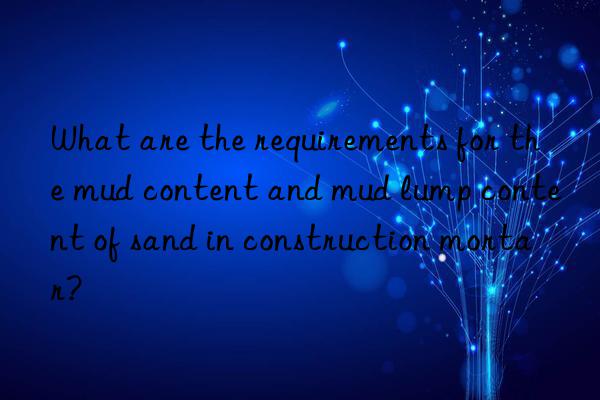
Mud content refers to the content of particles with a nominal particle size less than 80um in the aggregate.
The mud content of sand refers to the content of particles in the sand that have a nominal particle size greater than 1.25mm and become less than 630um after washing and hand-squeezing.
The mud particles in sand are generally fine. The mud particles increase the specific surface area of the aggregate, which will increase the amount of water or cement slurry. Clay minerals usually have strong water absorption. They expand when absorbing water and shrink when drying, which will adversely affect the strength, dry shrinkage and other durability properties of the mortar. When mud particles are wrapped on the surface of sand, it will also affect the bonding ability between cement slurry and sand. When mud blocks exist, due to the low strength of the mud blocks themselves, they not only fail to function as a skeleton, but also form weak parts in the mortar, reducing the mechanical properties of the mortar. Therefore, the mud content and mud block content of the sand in the mortar should be limited, requiring the mud content to be ≦5.0% and the mud block content to be ≦2.0%. </p



 微信扫一扫打赏
微信扫一扫打赏
